Grandest Jirisan National Park
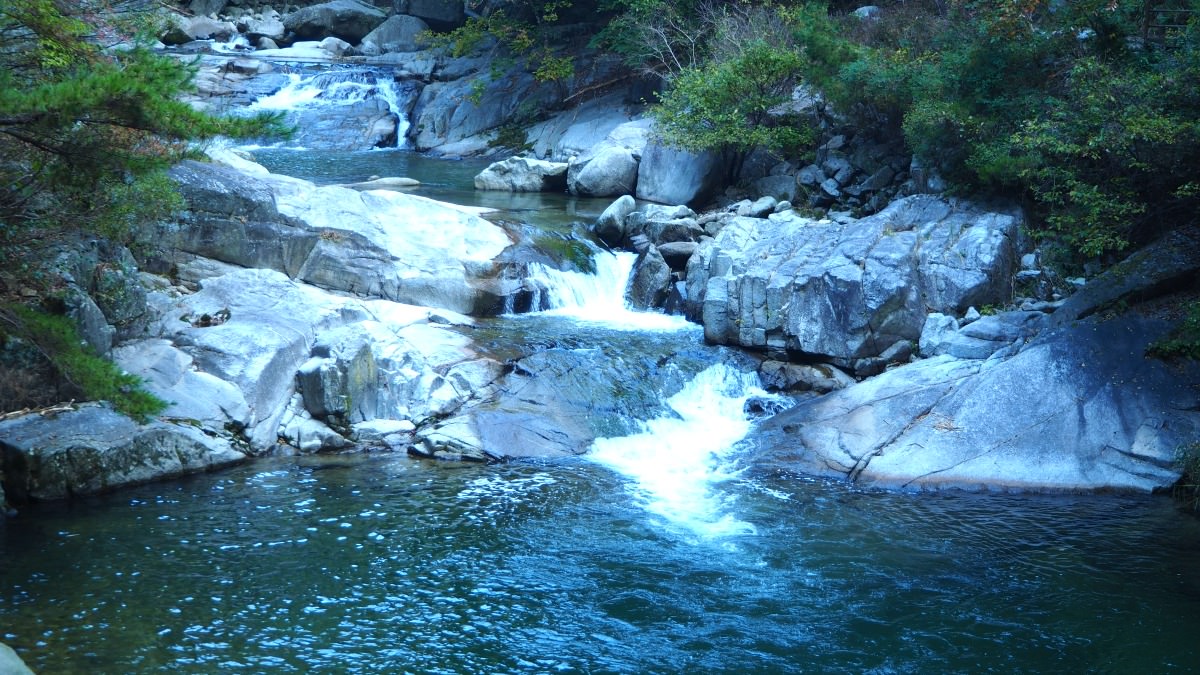 One of the refreshing streams at Jirisan's terrestrial environment
One of the refreshing streams at Jirisan's terrestrial environmentJirisan National Park
Jirisan National Park (지리산국립공원, 智異山國立公園) is the first among the 23 national parks designated in South Korea. It is a beautiful mountainous park and the largest among them all.
It took less than 3 hours for me to reach Namwon City via express bus from Seoul. You can also smoothly travel via fast train from Seoul and other stations.
I love the trail, the crystal clear streams, the cascades, and waterfalls.
I've been only to such a few fantastic places! How much more if I can explore the whole national park!
This page describes a bit about Jirisan National Park and its travel and hiking resources. But you will see more about my personal hiking experience in other pages, which I will point out here.
So, please let me give you an overview and some exciting features of Jirisan Mountain below.
Jirisan National Park
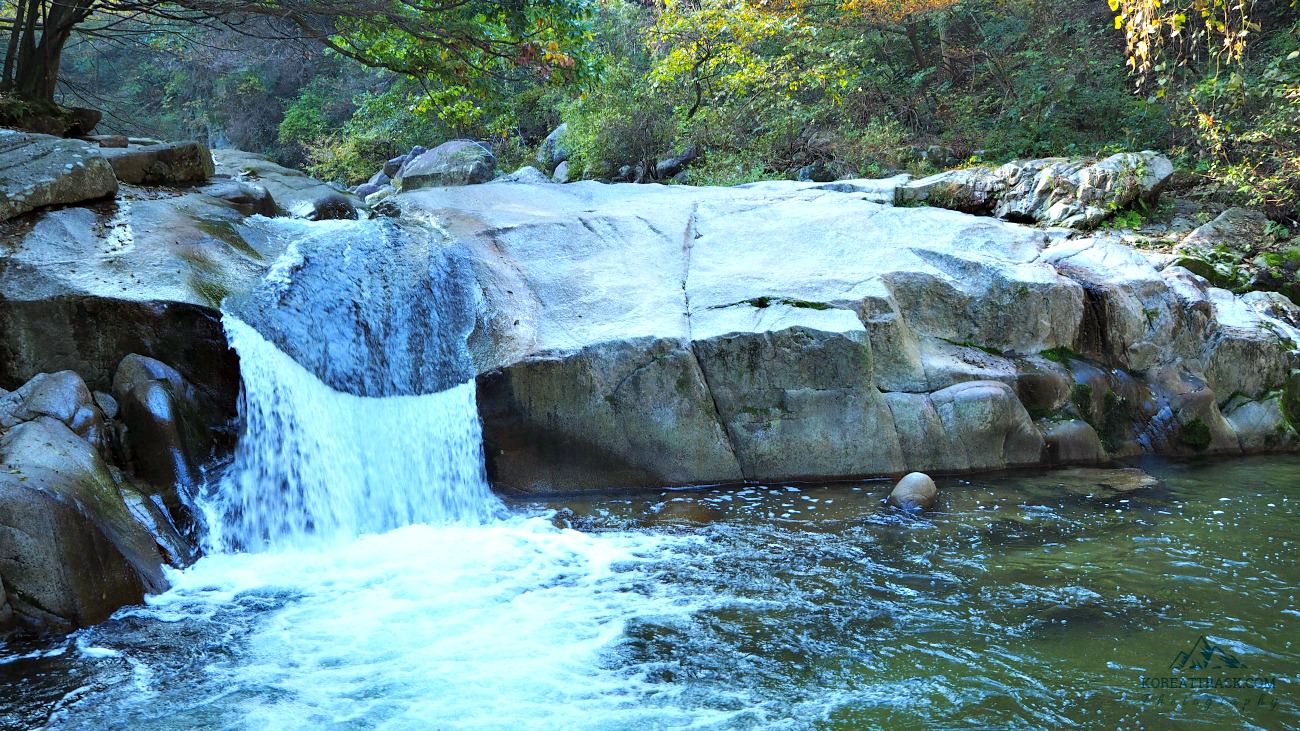 They call this the 'sleeping Buddha' waterfall.
They call this the 'sleeping Buddha' waterfall.This vast and mountainous national park is located amidst the boundaries of Jeollanam-do, Jeollabuk-do, and Gyeongsangnam-do (provinces).
Namwon City, Gurye, and Hamyang towns are the nearest places to stay and prepare your exploration.
Jirisan National Park was the first mountain park designated in South Korea--in 1976.
As the largest park, it is known for its biodiversity conservation programmes and activities being supported and maintained by the Korean government's agency.
The conservation programmes here are the pioneering activities that provide good examples in the conservation of other terrestrial parks in the country.
Over 470,000 square kilometers is the total area of Jirisan National Park.
"Jirisan" can be split into two words: Jiri for truth and san for the mountain. You can directly call it "the truth mountain." But to make sense of it, we can say it is "the mountain of the wise people." Or people with wisdom.
The reason behind that description lies in the fact that long ago, many truth-seekers and hermits live in the mountain devoting their lives to find the truth and enlightenment.
As they say, Jirisan (mountain) has been known as one of the three legendary mountains of old.
The other two famous ones are Geumgangsan (in North Korea) and Hallasan on Jeju Island.
Just like in most ancient cultures, these three mountains are considered holy mountains where the mountain gods exist.
The Peaks
When you are hiking, make sure that you have a plan because Jirisan has many peaks worth exploring. And you can't do it in a day!
Some describe Jirisan's peaks like a green folding screen that is spread out.
Cheonwangbong Peak (over 1,900 meters high) is at the center of that folding screen. The others are Banyabong (over 1,700 meters high), and Nogodan (over 1,500 meters high) peaks.
The ridges divide valleys and towns that the mountain is the reason for some cultural varieties of the locals surrounding the mountain.
Such cultural and habitual differences could be linguistic, behavioral, and food culture.
Flora and Fauna
When you realize the expanse of this park, you will try to imagine the size of its living plants and animals.
"Jirisan is a treasure chest of nature," according to the former Korea National Park's website (KNPS).
A variety of vegetation includes plants that live in warm-temperate forests and colder forests of Jirisan Mountain.
As examples, Jirisan has popular tree species--Higan Cherry at Hwaeomsa Temple and Millennium Pine Tree.
Also, still surviving but endangered animals are the hares, roes, elks, wildcats, and other mammals that can even be spotted in many places.
More To Explore at Jirisan Park
You will undoubtedly enjoy your travel to Jirisan if you can devote some hours to explore the Buddhist temples with their intricate designs and historical and cultural values...
Sanggye-sa Temple
Hwaeomsa Temple
Daewonsa Temple
Naewonsa Temple
Chilbulsa Temple
Buril Pokpo (waterfall)
When you have time and a longer one, you can try and explore the following historical sites and structures...
Tomb of Nongae
Gwanghalluwon Garden
Hwangsan Battle Monument Site
Birthplace of Dongpyeonje (Birthplace of Song Heung-rok)
Sancheonghyanggyo Confucian School
House of Yun Yeong-chae
Unbonghyanggyo Confucian School
Deogyangseowon Confucian Academy (Deogyangsa Shrine)
House of Choe Champan
Danseonghyanggyo Confucian School
Historic Site of Jo Sik
Tomb of King Guhyeong
Donghojeong Pavilion
Geoyeonjeong Pavilion
Dolmens in Bongseo-ri
Guryehyanggyo Confucian School
Gokjeonjae House
Unheungjeong Pavilion
Unjoru House
Maecheonsa Shrine
Nongae Shrine
Birthplace of Song Heung-rok
Maninuichong Cemetery
Birthplace of Nongae
Doamseowon Confucian Academy
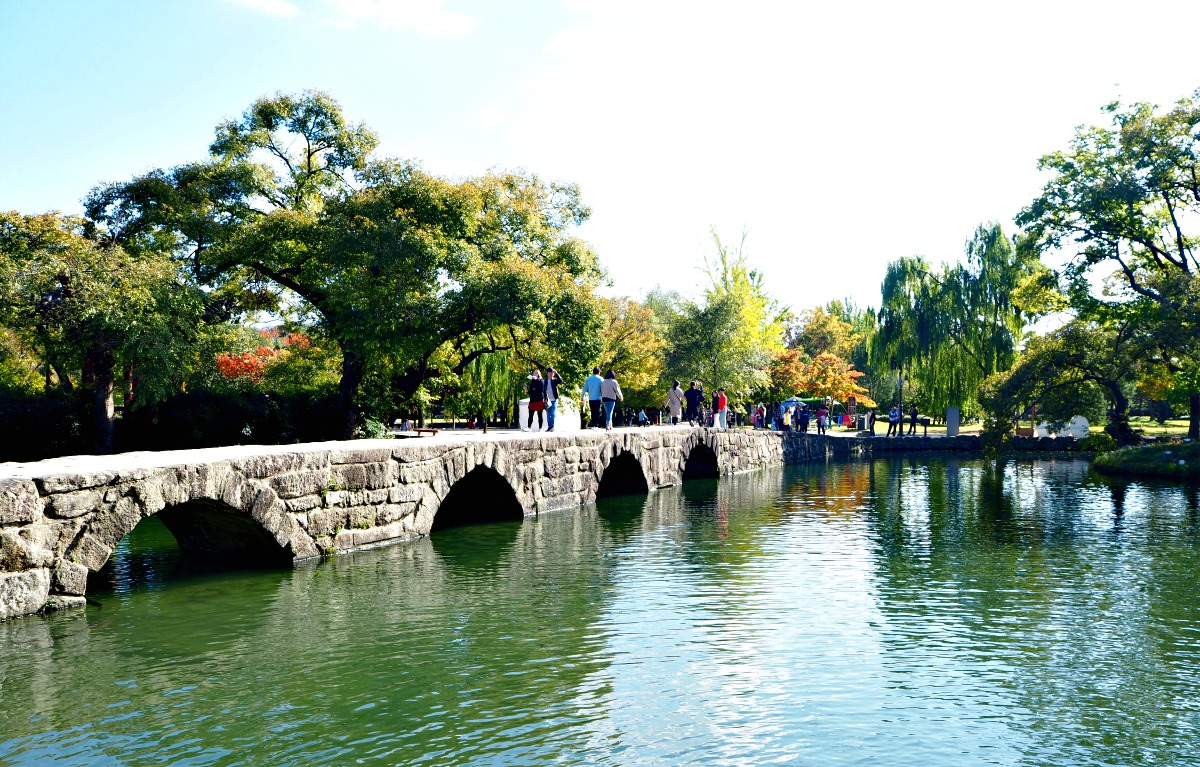 Gwanghallu Pavilion Bridge at Jirisan National Park
Gwanghallu Pavilion Bridge at Jirisan National ParkIncluding Cheonwangbong Peak, the following are the highest peaks of Jirisan...
- Chilseonbong Peak (1,576m),
- Deokpyeongbong Peak (1,522m)
- Myeongseonbong Peak (1,586m)
- Tokkibong Peak (1,534m)
- Banyabong (1,732m)
- Nogodan Peak (1,507m) to the west
- Jungbong Peak (1,875m),
- Habong Peak (1,781m), and
- Ssaribong Peak (1,640m) - to the east of the ridge
Tourism Contact & Information Centers
Jungsalli Branch Office: +82-55-972-7785
Hamyang Branch Office: +82-55-962-5354
Hadong Branch Office: +82-55-883-1750
Jirisan National Park Office: +82-1899-3723
Guryong Branch Office: +82-63-625-8915
Jirisan National Park Northern Office: +82-63-625-8911
Jirisan National Park Southern Office: +82-61-780-7700
Find out more details here.
Getting to Jirisan National Park
Generally speaking, you can get to the Jirisan area via fast train, express bus, taxi, or private vehicle depending on your original point of departure.
Like myself, I took a bus from Incheon Bus Terminal to Namwon (City) Bus Terminal. You can do the same when in Seoul to Namwon City.
(See more about Namwon City here)
From Busan
You can depart from Seobu Terminal (two buses daily) to Ssanggyesa Temple area. Four buses daily (morning trips) to Jungsan-ri, and an hourly bus to Gurye.
You can also take a bus or train from Jeonju, Gwangju, and Daegu to Namwon City.
The surrounding cities of Jirisan have more regular and frequent trips to the area.
Should you have questions, please send me a message, and I'll do my best to help you out!
Thanks, and have fun!
- Home
- Korea National Parks
- Jirisan National Park
Get Exciting Activities
Book one of our exciting activities today to experience the thrill of a lifetime! Take advantage of this opportunity and secure your spot in advance.
Hotel Map Guide
Find your affordable, accessible, and comfortable hotel in Seoul at Agoda.Com. See the hotel map below...
Hotel Booking Guide
Find affordable and amazing hotels on Agoda.com using the search box below. Book now to enjoy great discounts and save!
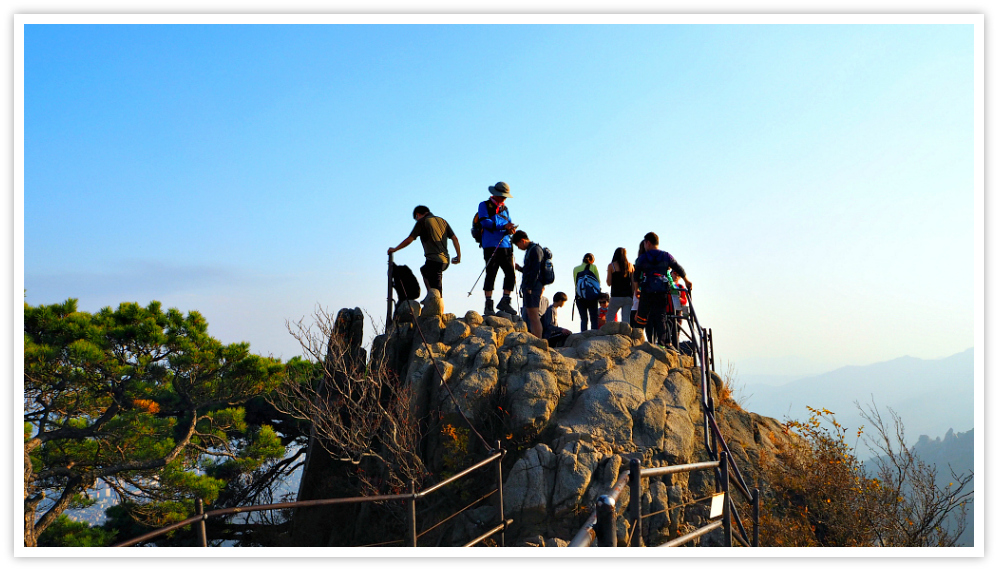
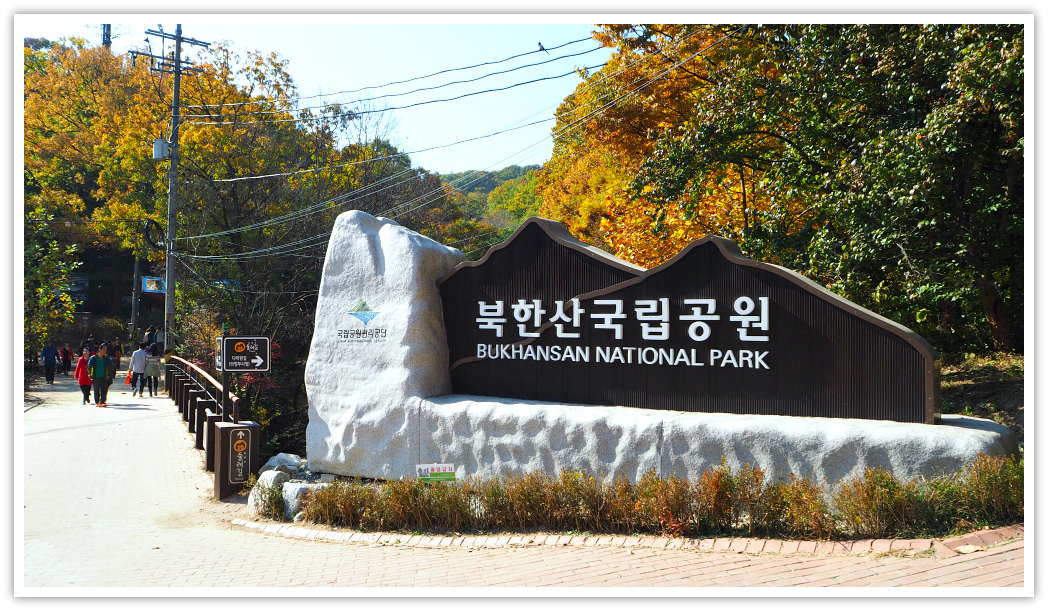
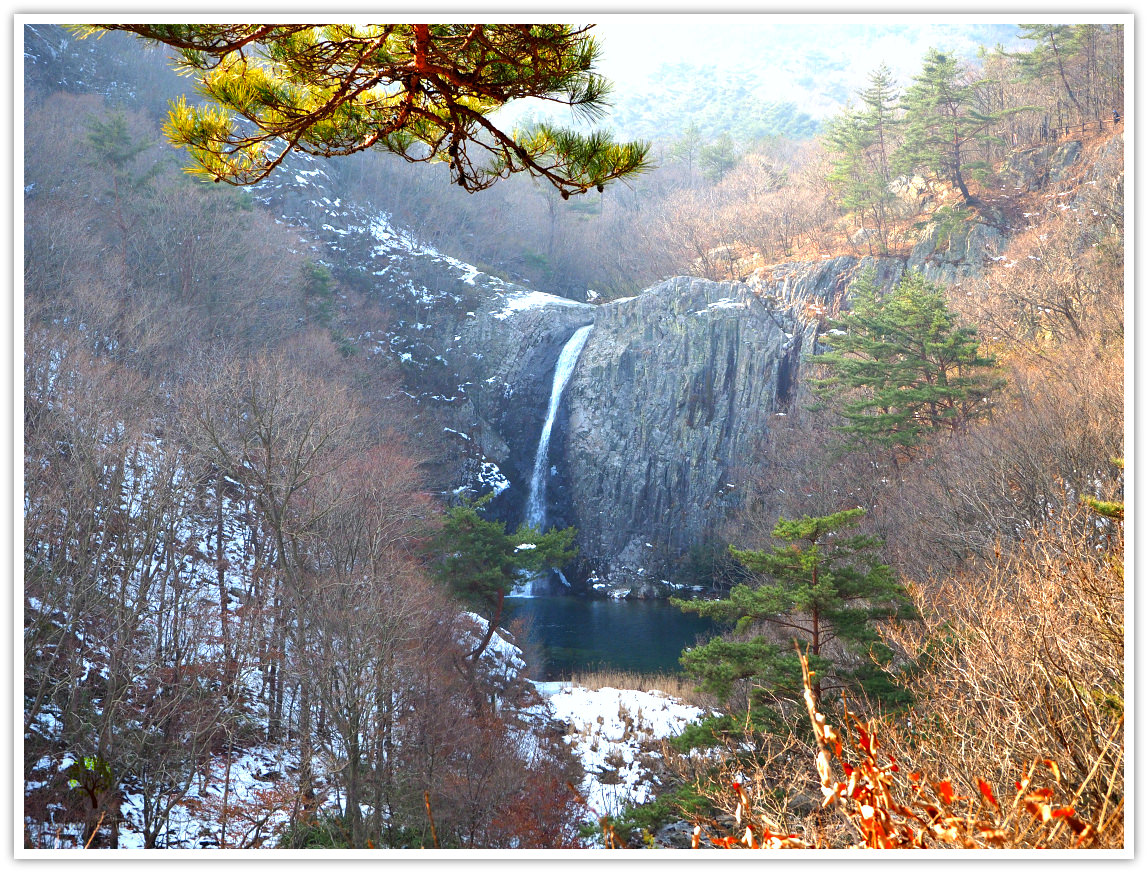




New! Comments
What do you think about this page? Leave me a comment in the box below.